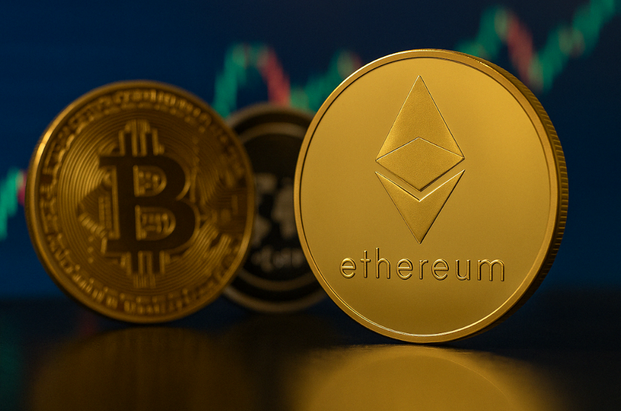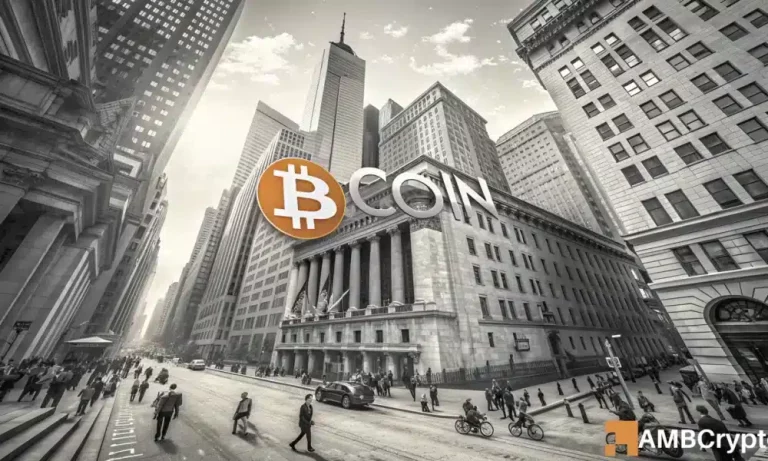
The Evolution of E-commerce by 2025: Revolutionizing Online Shopping
E-commerce, also known as electronic commerce, has become an integral part of our daily lives. The term refers to the process of buying and selling goods and services over the internet. E-commerce has undergone significant transformations since its inception, and by 2025, it is expected to undergo a major overhaul with the integration of advanced technologies.
Introduction to E-commerce
The concept of e-commerce dates back to the 1960s, when companies like IBM and EDI (Electronic Data Interchange) began using electronic data interchange to facilitate business transactions. However, it wasn’t until the 1990s that e-commerce started to gain popularity with the emergence of the internet and online shopping platforms.
Today, e-commerce is a multibillion-dollar industry, with millions of online stores and marketplaces catering to the needs of consumers worldwide. The rise of e-commerce has not only changed the way we shop but also transformed the way businesses operate and interact with their customers.
Key Trends in E-commerce by 2025
As we approach 2025, the e-commerce industry is expected to witness significant changes, driven by technological advancements and changing consumer behavior. Some of the key trends that will shape the future of e-commerce include:
- Artificial Intelligence (AI) and Machine Learning (ML): AI and ML will play a crucial role in enhancing the online shopping experience, with applications in chatbots, personalized product recommendations, and predictive analytics.
- Virtual and Augmented Reality (VR/AR): VR/AR technologies will become more prevalent in e-commerce, allowing customers to experience products in a more immersive and interactive way.
- Social Commerce: Social media platforms will continue to evolve as key channels for e-commerce, with features like shoppable posts, social commerce platforms, and influencer marketing.
- Mobile Commerce: Mobile devices will remain the primary channel for online shopping, with mobile-first strategies and mobile-specific features becoming more important.
- Sustainability and Eco-friendliness: Consumers will increasingly prioritize sustainability and eco-friendliness when making purchasing decisions, driving demand for eco-friendly products and packaging.
Impact of E-commerce on Businesses and Consumers
The evolution of e-commerce will have a significant impact on both businesses and consumers. For businesses, e-commerce will provide new opportunities for growth, expansion, and innovation, but will also require them to adapt to changing consumer behavior and technological advancements.
For consumers, e-commerce will offer greater convenience, flexibility, and access to a wide range of products and services. However, it will also raise concerns about data privacy, security, and the potential for job displacement.
Challenges and Opportunities in E-commerce by 2025
As e-commerce continues to evolve, businesses will face both challenges and opportunities. Some of the key challenges include:
- Competition and Market Saturation: The e-commerce market is highly competitive, with many businesses vying for attention and market share.
- Technological Advancements: Keeping up with the latest technological advancements and innovations will be essential for businesses to remain competitive.
- Security and Data Protection: E-commerce businesses will need to prioritize security and data protection to build trust with their customers and protect against cyber threats.
On the other hand, the opportunities in e-commerce are vast, with potential for:
- Increased Reach and Accessibility: E-commerce allows businesses to reach a wider audience and expand their customer base.
- Improved Customer Experience: E-commerce enables businesses to provide a more personalized and seamless shopping experience for their customers.
- Innovation and Differentiation: E-commerce provides opportunities for businesses to innovate and differentiate themselves from their competitors.





